Oto Matsuri’s River of Fire
Photojournalist Nicolas Datiche captured images of an entirely male Shinto festival celebrated in the Wakayama region.

© Nicolas Datiche
Each year, deep in the Japanese winter, 2000 men dressed in white gather in the middle of the night at the Kamikura-jinja Shrine that lies halfway up Mount Gongenyama in the Wakayama region.
This entirely male ceremony—women are not allowed to climb the 500 steps leading to the shrine—takes place every year on 6 February in honour of the harvests for the coming year. At nightfall, these thousands of men pack themselves into the shrine compound, flaming torches in hand, before racing down the steps, creating the illusion of a river of fire on the rocky face of the mountain.
A rite of passage
Photojournalist Nicolas Datiche captured images of this Shinto ceremony that is impressive and hazardous in equal measure. ‘It’s like a rite of passage. All the men in the region, and sometimes men who come from all over Japan, participate, both young and old’, explains the Frenchman, who has been living in Japan since 2013, in an interview with Pen.
Thus, the reporter documents this day in its entirety, from the bath at sunrise to the preparations for the ascent when evening comes, marking the climax of the day. ‘You feel the tension mounting, especially when they are all gathered in the shrine compound waiting to run out. It’s quite a surprising scene, all these men cloistered with torches, wanting to be the first to get through the doors at all costs’, Nicolas Datiche continues.
The photographer, who works in Japan and Taiwan, has documented other events on Japanese soil, including women’s sumo competitions.
Oto Fire Matsuri (2020), a series of photographs by Nicolas Datiche, can be found on his website.
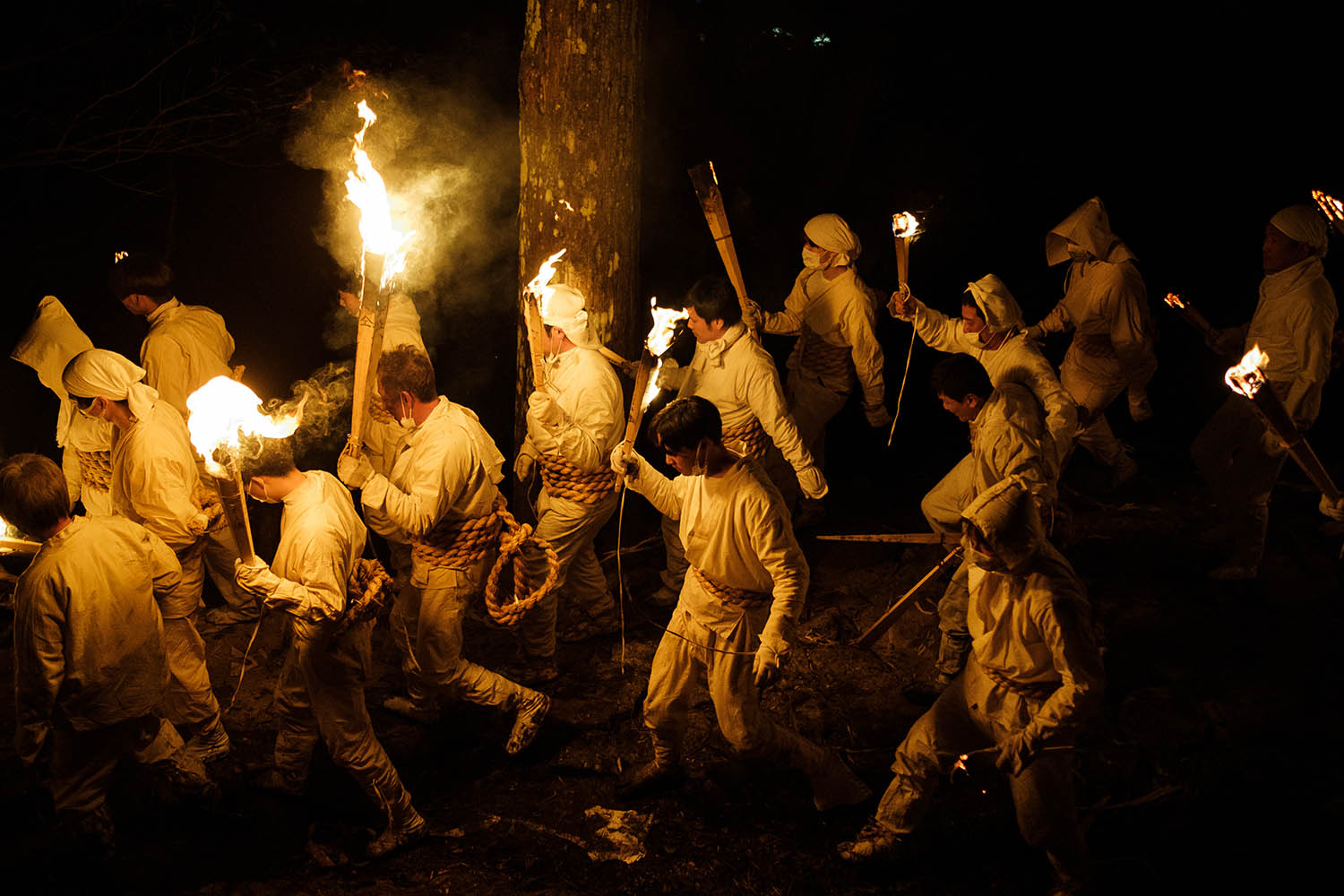
© Nicolas Datiche
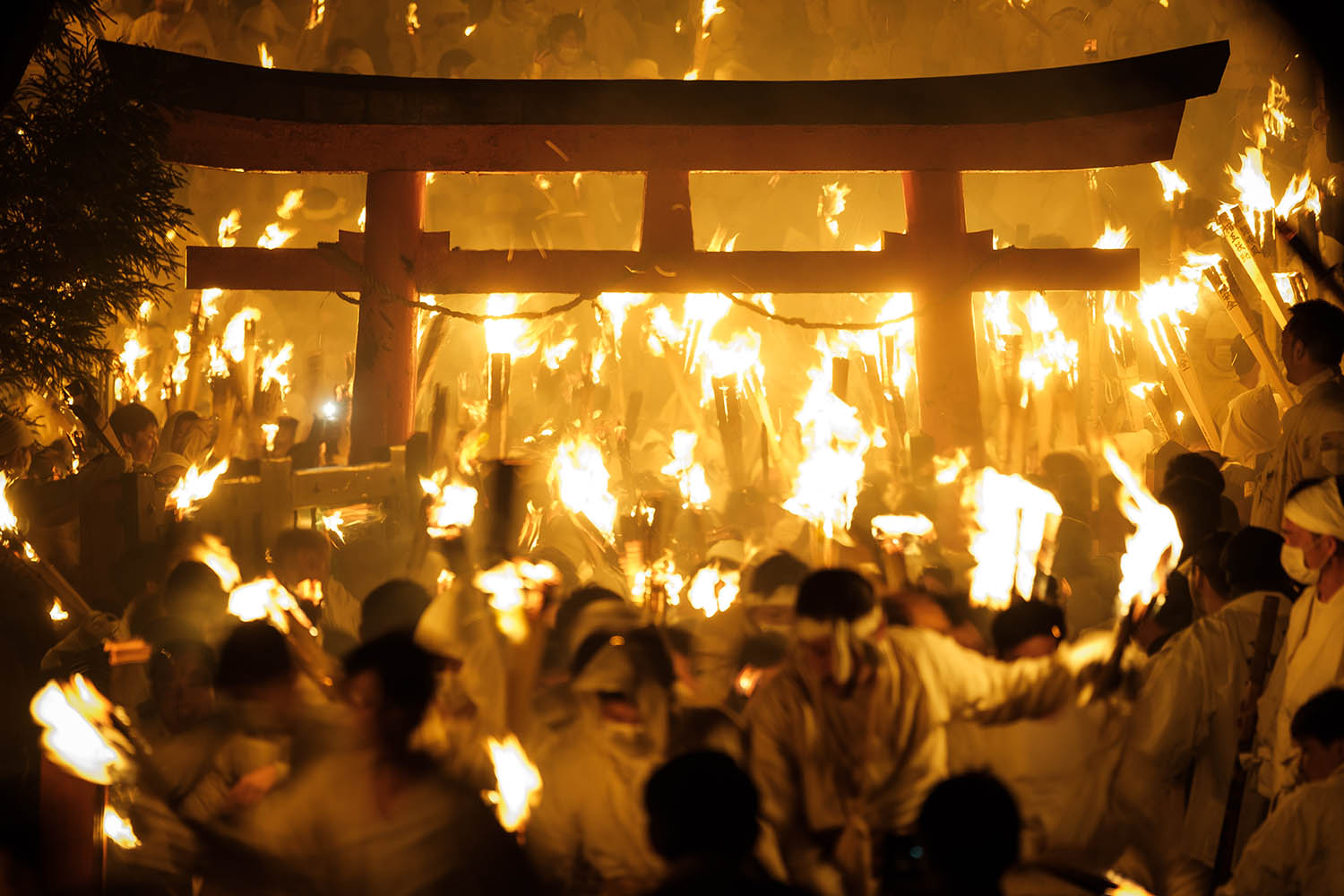
© Nicolas Datiche

© Nicolas Datiche
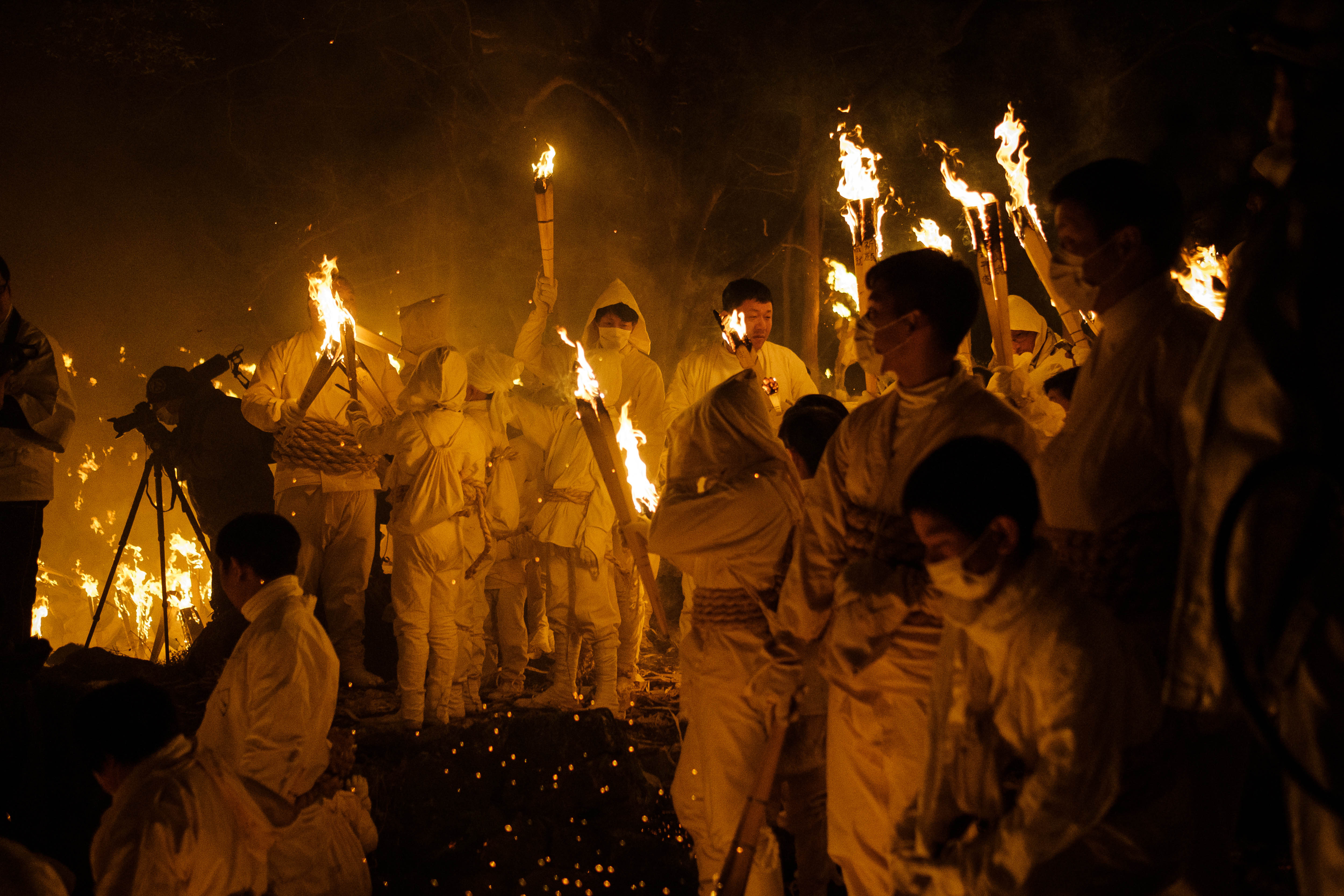
© Nicolas Datiche
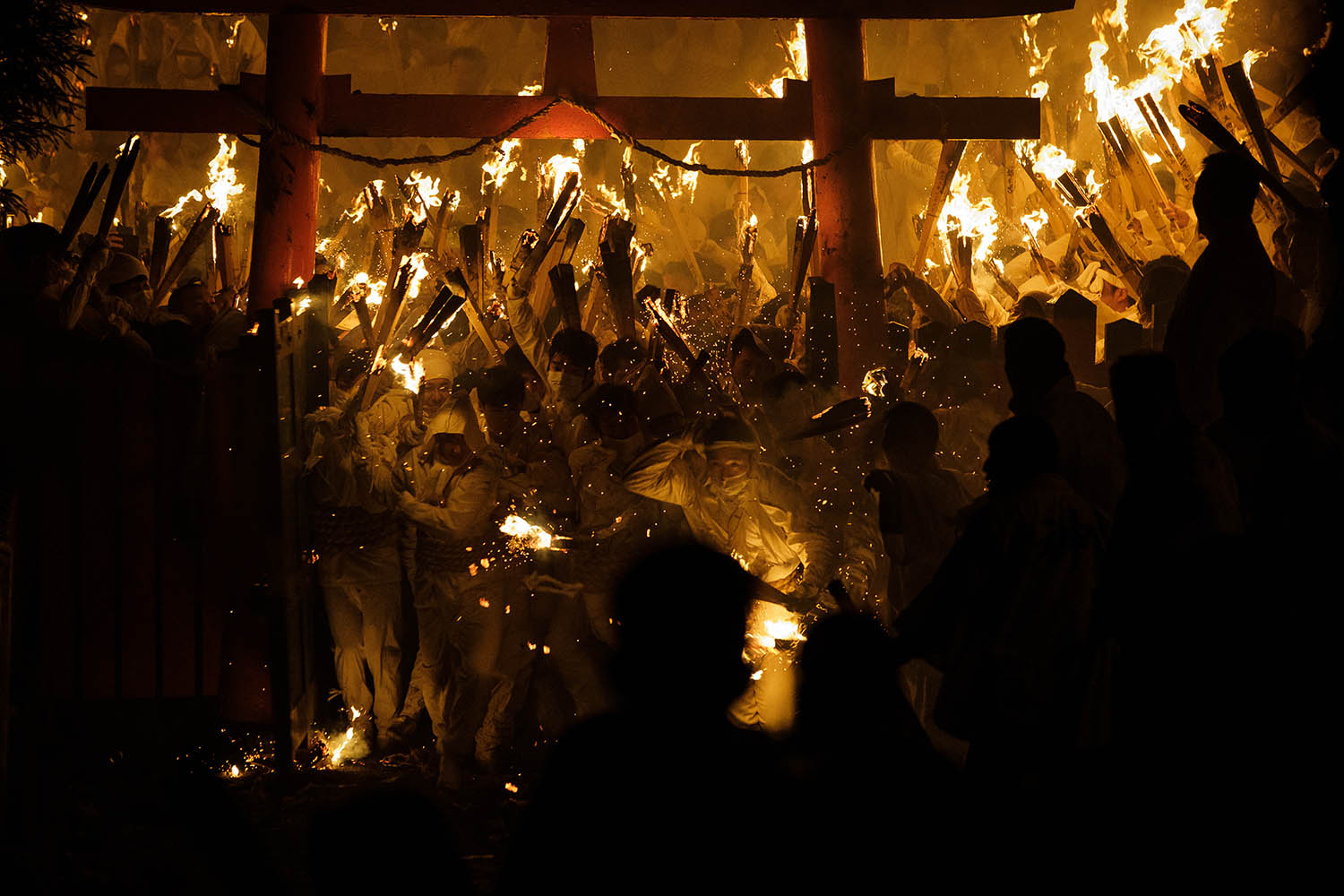
© Nicolas Datiche
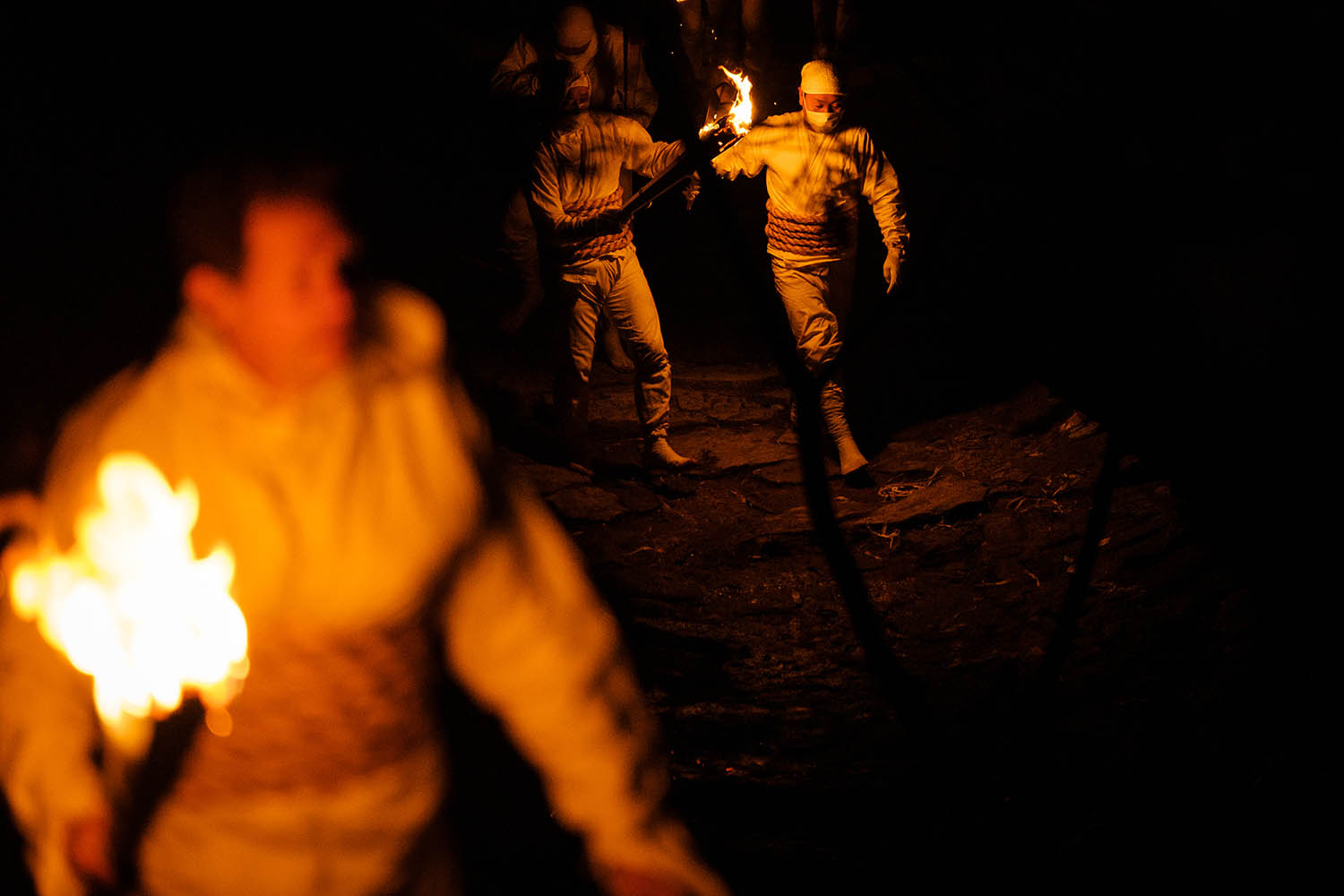
© Nicolas Datiche
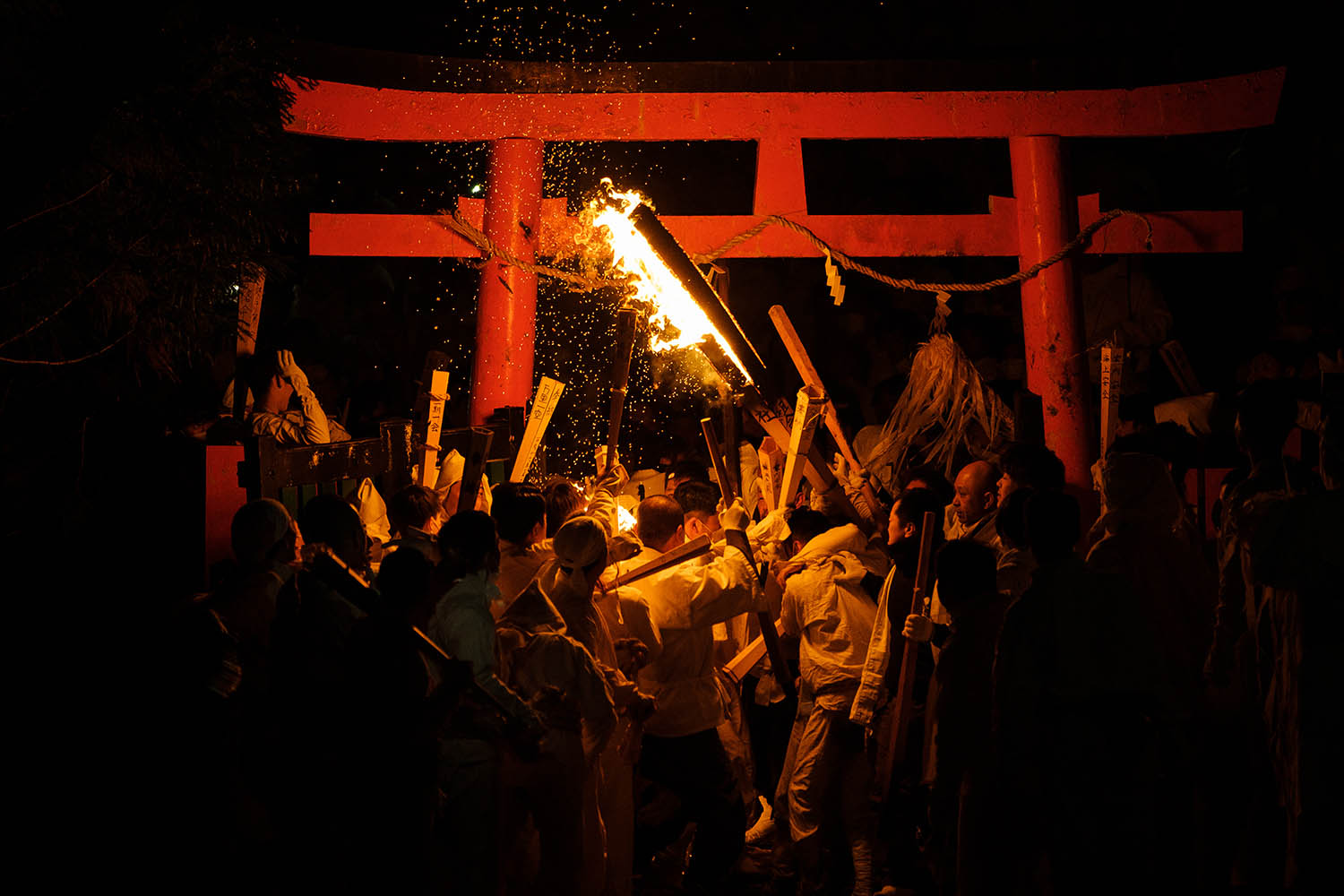
© Nicolas Datiche
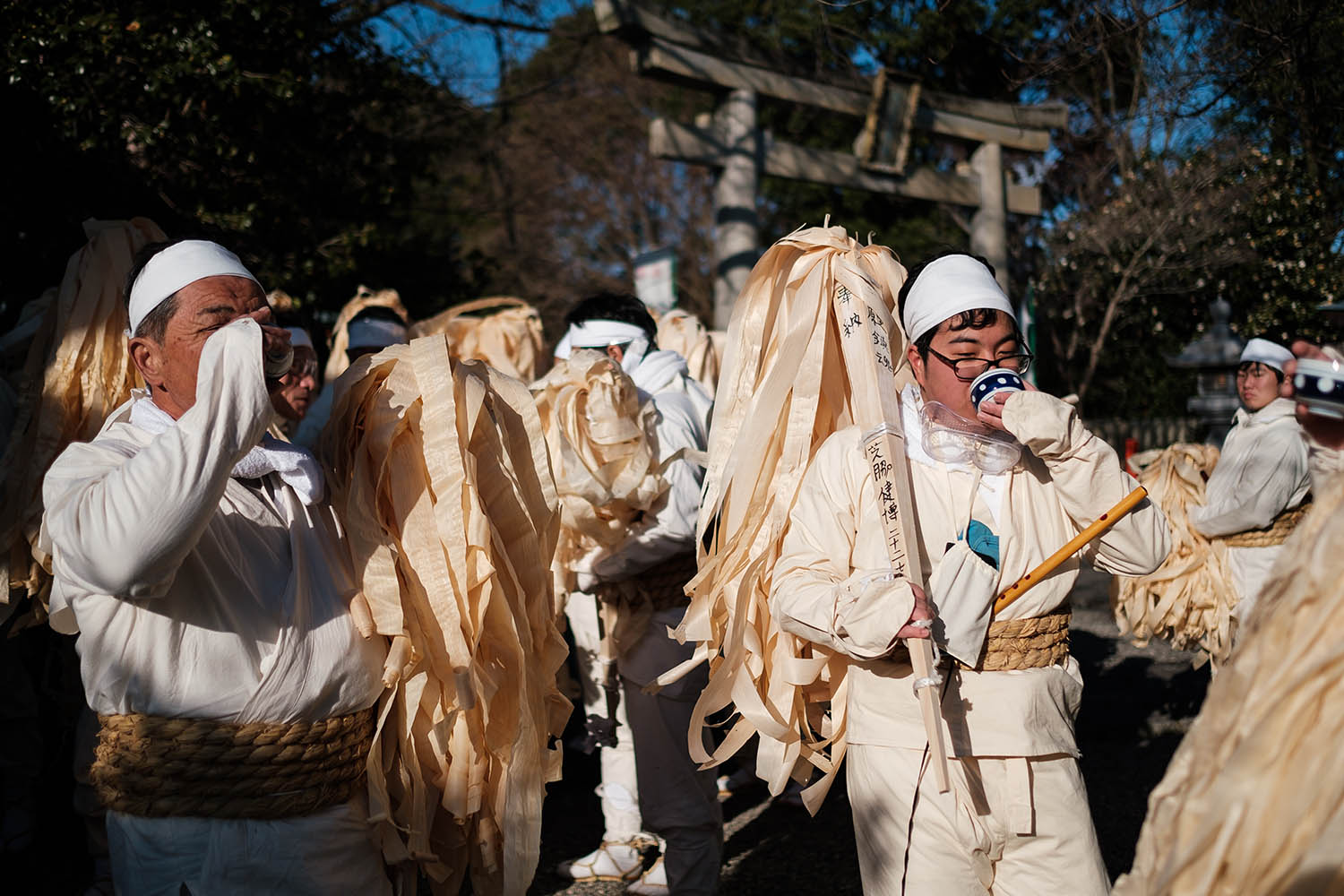
© Nicolas Datiche

© Nicolas Datiche
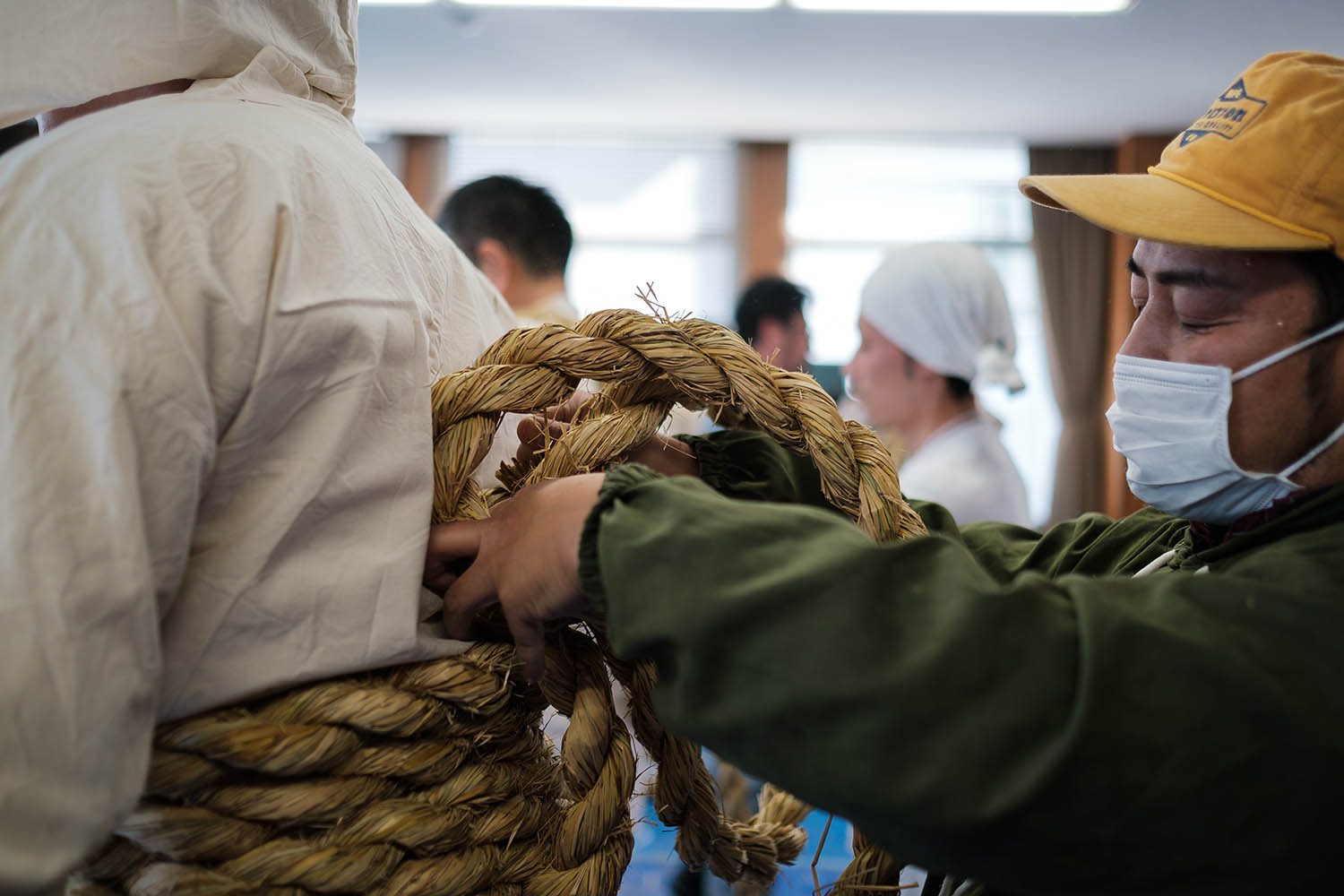
© Nicolas Datiche
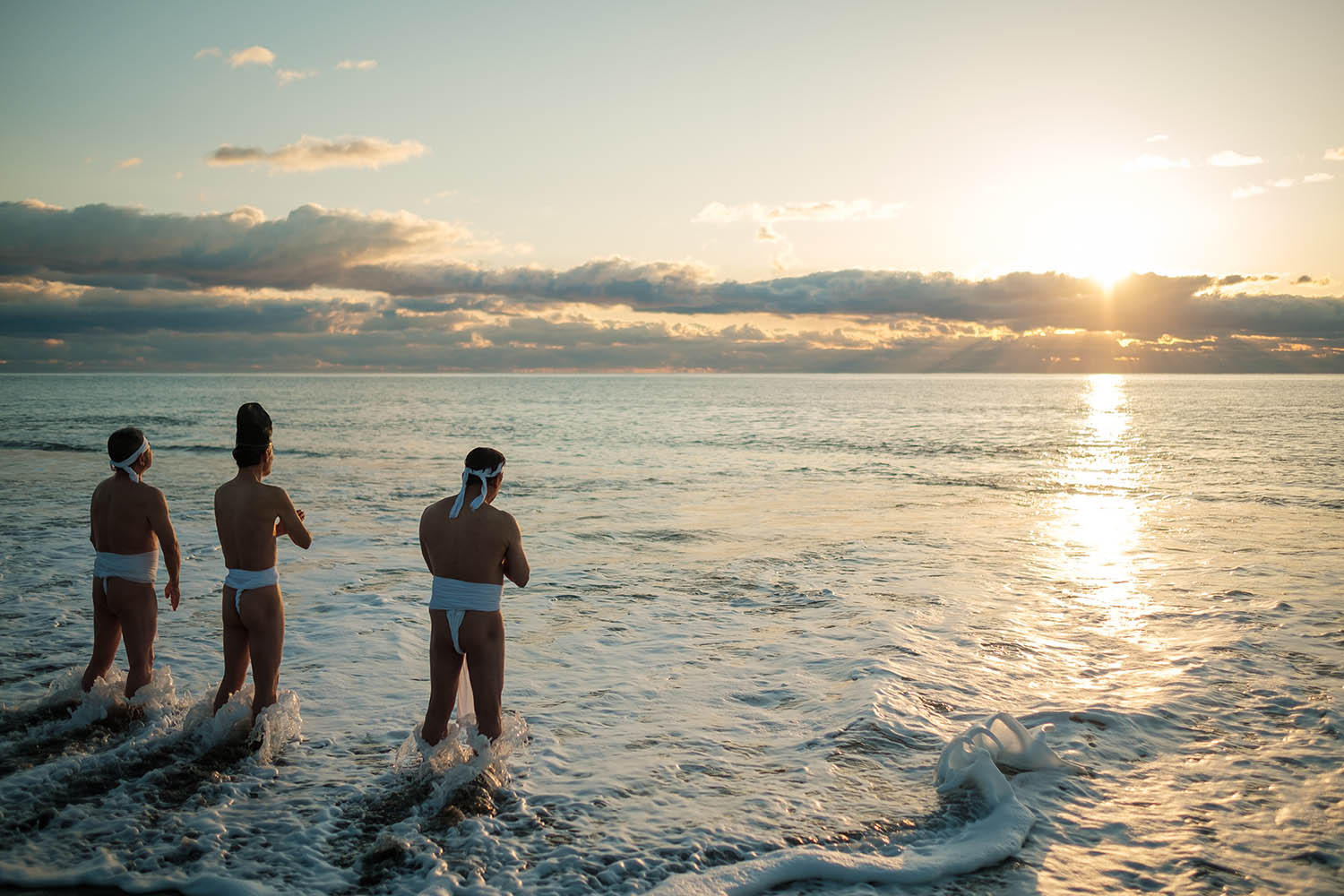
© Nicolas Datiche
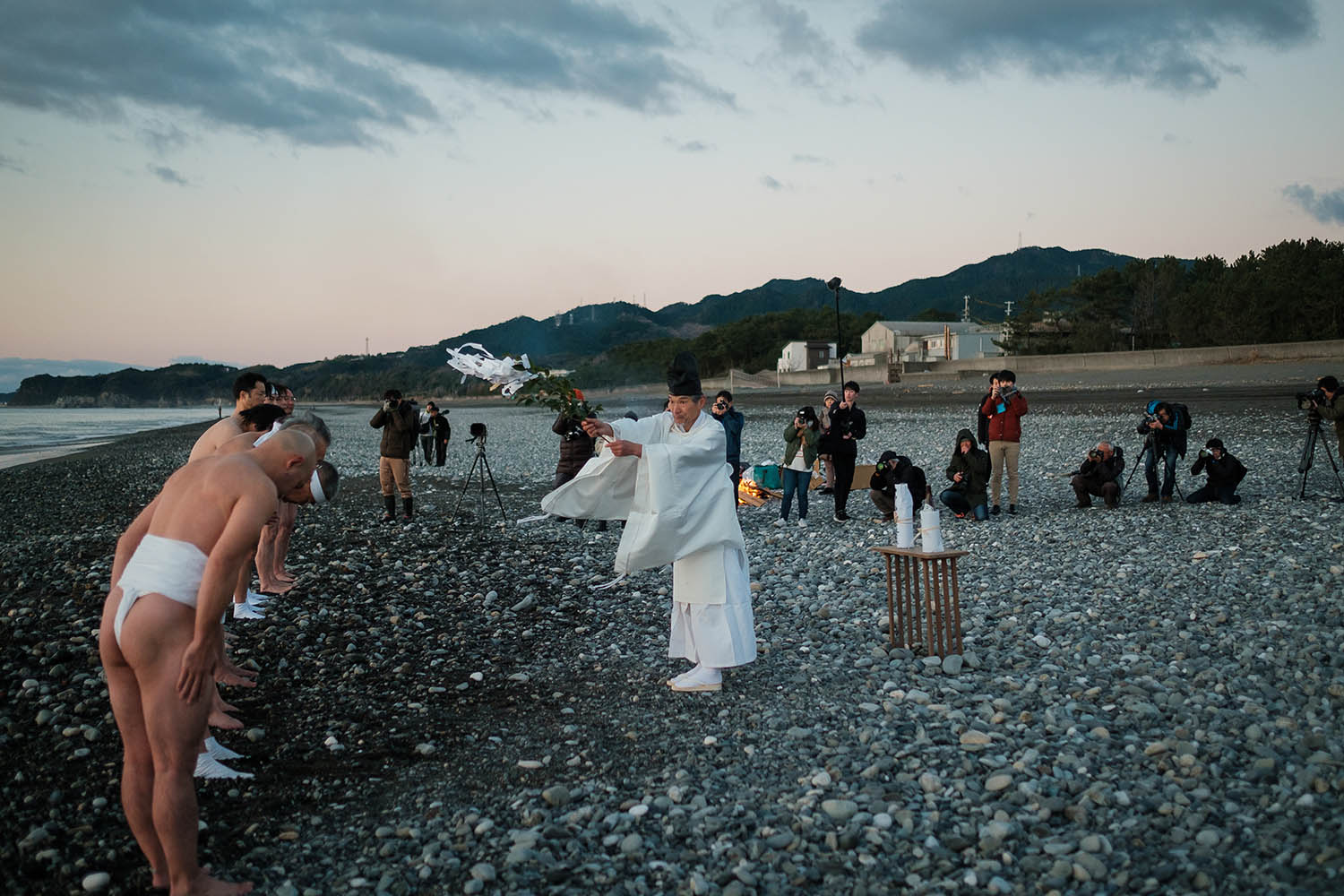
© Nicolas Datiche
TRENDING
-
The Tattoos that Marked the Criminals of the Edo Period
Traditional tattoos were strong signifiers; murderers had head tattoos, while theft might result in an arm tattoo.

-
Paris, Tokyo: Robert Compagnon
With his co-chef and talented wife, Jessica Yang, Robert Compagnon opened one of the top new restaurants in Paris: Le Rigmarole.
 3:31
3:31 -
Chiharu Shiota, Red Threads of the Soul
Last year, more than 660,000 people visited the retrospective 'Chiharu Shiota: The Soul Trembles' exhibit at the Mori Art Museum.

-
‘Before Doubting Others, Doubt Yourself. Who Can Truly Say a Dish Isn’t What It Used to Be?’
In ‘A Non-Conformist’s Guide to Surviving Society’, author Satoshi Ogawa shares his strategies for navigating everyday life.

-
The Story of Sada Yacco, the Geisha who Bewitched Europe
Described by Dazed magazine as the first beauty influencer, she has been restored to her former glory since 2019.





